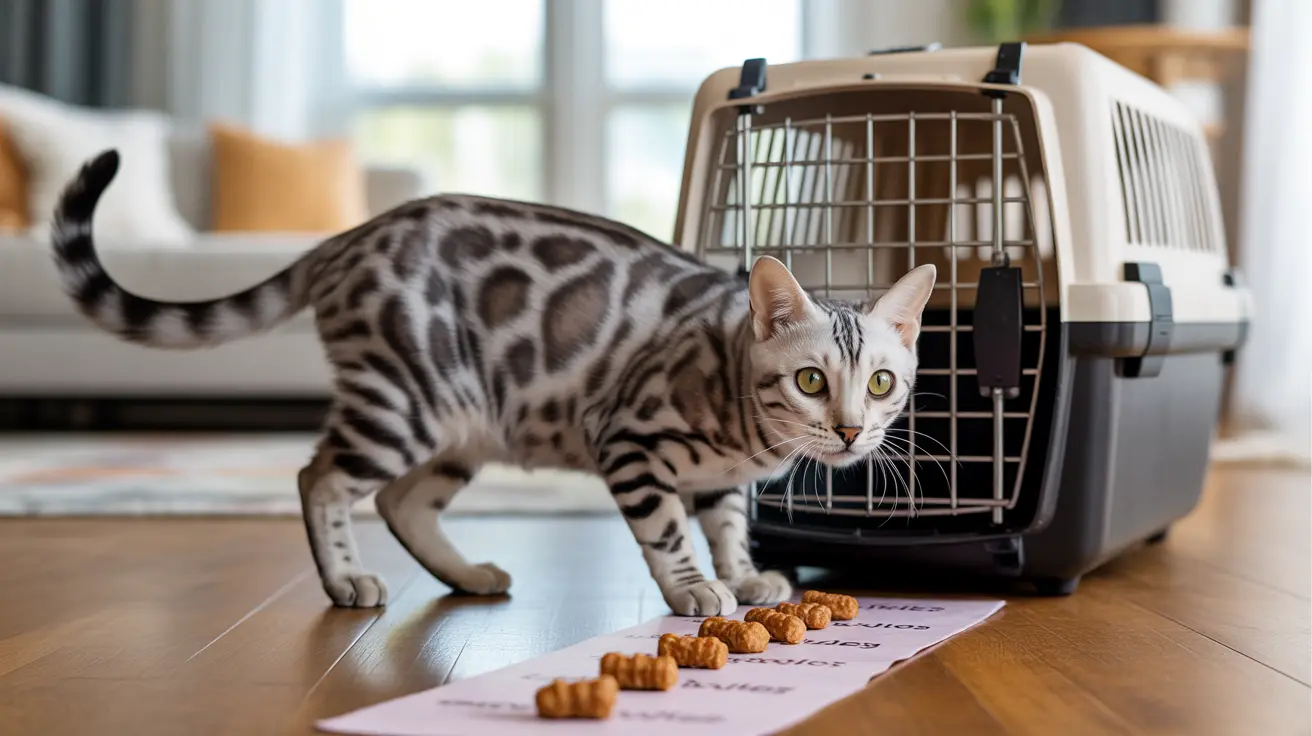Creating a Safe Capture Environment
Before attempting to catch a stray kitten, it's essential to prepare the area properly. Choose a quiet location away from traffic and noise. Remove potential escape routes and hazards that could harm the kitten during the capture process.
Set up your capture zone during the kitten's regular feeding times, which are typically dawn and dusk. This increases your chances of success as hungry kittens are more likely to approach food lures.
Food Luring Techniques
Food is your most powerful tool when catching a stray kitten. Use strong-smelling foods like wet kitten food, tuna, or cooked chicken. Create a trail of small food portions leading to your capture device, whether it's a carrier or box.
Make sure to use tiny portions for the trail - you don't want the kitten to feel satisfied before reaching the final destination. Place the most substantial portion inside your capture container.
Manual Capture Methods
The Towel Technique
When the kitten is within reach, a thick towel can be your best ally. Approach slowly from behind or the side, never directly from above. Quickly but gently drop the towel over the kitten, then carefully wrap it to secure all four legs while supporting the body.
The Carrier Strategy
Position a carrier with its door open and secure. Attach a long string to the door, allowing you to close it from a distance. Place enticing food deep inside the carrier and wait patiently out of sight until the kitten enters.
Post-Capture Care
Once you've successfully caught the kitten, move them to a quiet, warm space. Provide fresh water, appropriate food, and a clean litter box. Keep them separated from other pets until they can be examined by a veterinarian.
Monitor the kitten closely for signs of stress or illness, including lethargy, loss of appetite, or respiratory issues. These may require immediate veterinary attention.
Frequently Asked Questions
What are the safest methods to catch a stray kitten without using a trap?
The safest methods include using food lures with a carrier, the towel technique for manual capture, or creating a confined space with food trails. Always approach slowly and avoid sudden movements that might frighten the kitten.
How can I lure a stray kitten into a carrier or box for safe capture?
Create a trail of aromatic food leading into the carrier or box, placing the most appetizing portion at the back. Use strong-smelling foods like wet kitten food or tuna, and ensure the container is stable and secure.
What precautions should I take to avoid getting scratched or bitten while catching a stray kitten manually?
Always wear thick gloves, use a towel for handling, and avoid direct contact with the kitten's mouth or claws. Approach calmly and avoid making sudden movements that might trigger defensive behavior.
How do I calm and care for a stray kitten immediately after capturing it without a trap?
Place the kitten in a quiet, dark space with minimal disturbances. Provide fresh water, food, and a clean litter box. Use pheromone sprays if available, and give them time to adjust before attempting handling.
When should I seek professional help if I can't catch a stray kitten on my own?
Seek professional help if the kitten appears injured or ill, if multiple capture attempts have failed, or if the situation becomes dangerous for either you or the kitten. Local animal rescue organizations can provide expertise and appropriate equipment.
Conclusion
Catching a stray kitten without a trap requires patience, preparation, and the right approach. By following these methods and safety precautions, you can successfully rescue a kitten while minimizing stress for both you and the animal. Remember to always have a plan for post-capture care and veterinary treatment to ensure the best outcome for your new feline friend.






